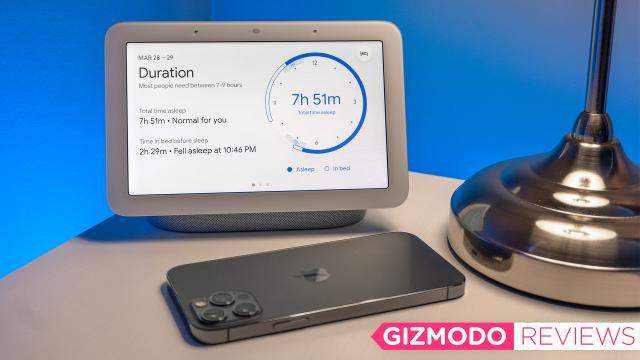Most of us have long since replaced a standalone alarm clock with a phone, but the new Google Nest Hub is the first smart display that justifies its placement on your nightstand. Its new sleep-tracking capabilities are impressive, and it finally offers an easy sleep-tracking solution for those of us who hate wearing a fitness tracker to bed.
When Google’s first touchscreen smart display, the Home Hub, debuted about two years ago, I’ll admit I wasn’t really that interested because its 7-inch screen seemed a little small for watching cooking tutorials or following recipes in the kitchen, and spending $200 on a fancy touchscreen alarm clock — even one that could control my lights and thermostat — felt a little over-the-top. A year later, the Nest Hub Max arrived with a larger 10-inch screen and a camera for video calls, and it didn’t take long for it to become one of the most frequently used tools in our kitchen.
There’s nothing stopping users from putting either of these devices anywhere in their homes, but while the Nest Hub Max has found a permanent home in our kitchen, after just a week I can’t imagine using the new Nest Hub anywhere but on my bedside table. For years it’s seemed like Google has struggled to find practical uses for its innovative radar-based Soli sensors, but on the new Nest Hub, the technology has finally found some genuinely useful applications that make this an upgrade worth considering.
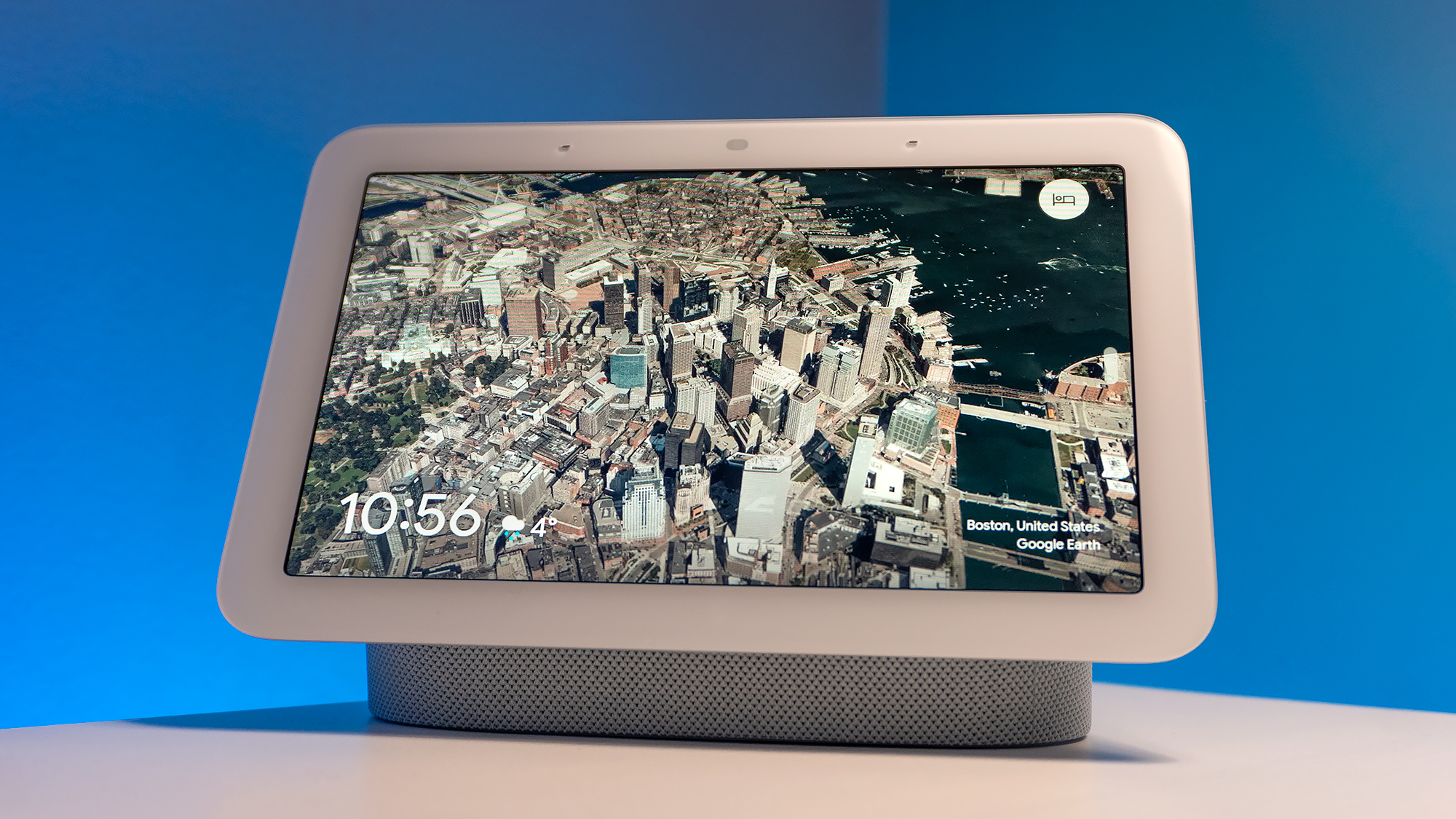
Google Nest Hub
WHAT IS IT?
A smart speaker with a 7-inch touchscreen that introduces new sleep-tracking features and hands-free functionality thanks to Google's radar-based Soli sensor technology.
PRICE
$149
LIKE
One of the easiest ways to track your sleeping patterns without having to strap on an annoying wearable, upgrade your bed, or have a camera pointed at you all night long. The hands-free gestures are also very useful when you're groggy in the morning and are struggling to silence an alarm.
DISLIKE
It can only track one sleeper at a time so partners will need one on each side of a shared bed. The sleep-tracking functionality is currently only available as a free preview, and it sounds like Google plans to charge for that feature next year.
The first thing you’ll notice about the new Nest Hub is that it really doesn’t look much different than the old Nest Hub. The hardware looks almost exactly the same except for a selection of four very muted colours now available for its fabric-wrapped base.
The new Nest Hub still isn’t much more than a 7-inch touchscreen (pushing 1024 x 600 pixels) framed with a white border featuring a trio of cutouts on the front for microphones, light sensors, and the aforementioned motion-tracking Soli sensor.
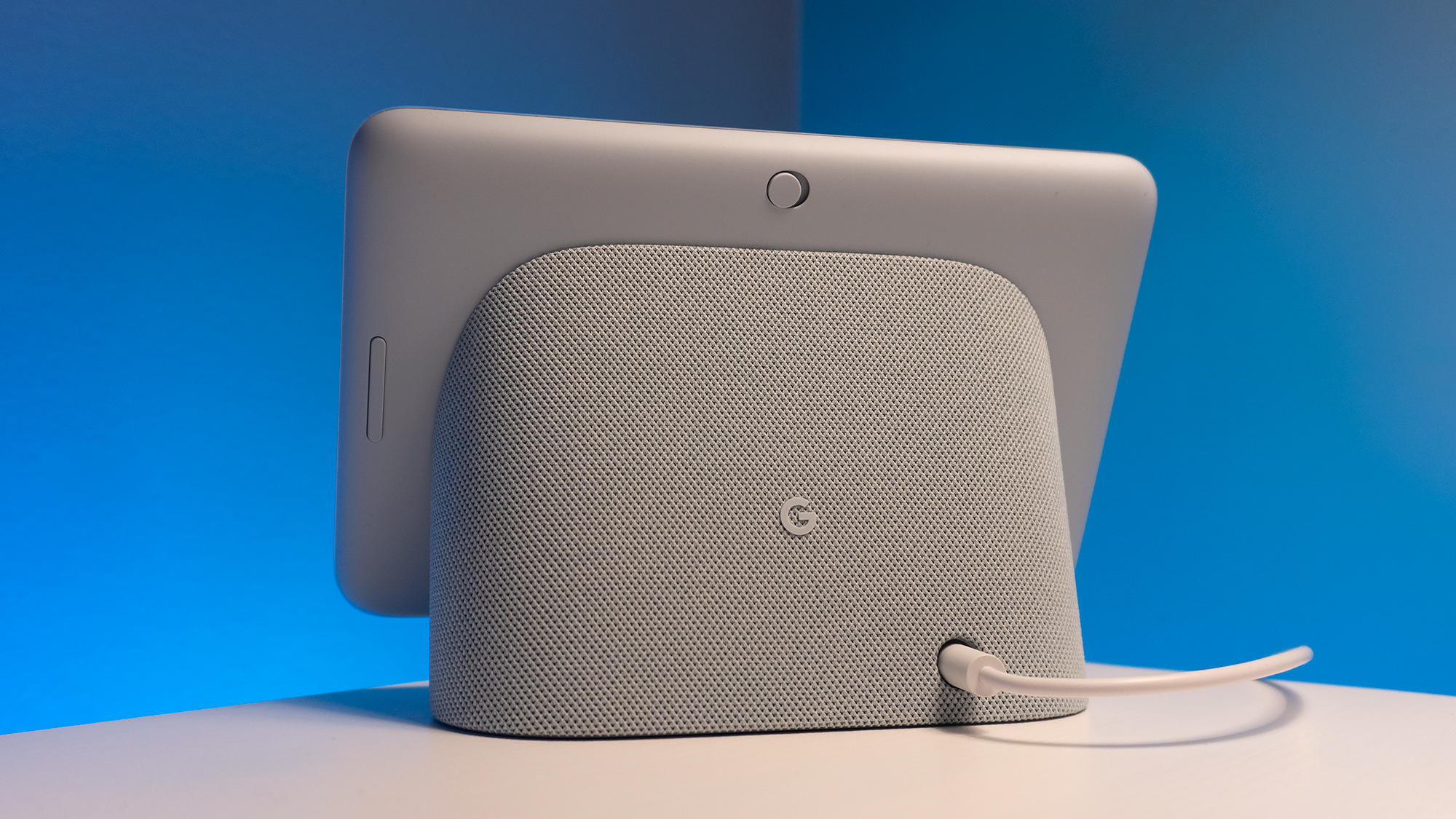
On the back of the new Nest Hub, there’s a volume rocker on the side, a physical switch for muting the microphone, and a power cord. As far as gadget designs go, smart hubs are kind of boring — they’re just smart speakers with a touchscreen — but since Google’s goal is to put as many of these into our homes as possible, making them as nondescript as possible helps that cause.
There are some minor under-the-hood upgrades Google has made to bring the performance of the new Nest Hub more in line with its Nest smart speakers, which see hardware updates more regularly. Its speaker pumps out 50% more bass than the previous version, and while it sounds better than the puck-sized Nest Mini smart speaker and more than loud enough to wake everyone in a small apartment, the sound quality, particularly on the low end, still pales in comparison to the impressive Google Nest Audio. For alarms, podcasts, and soothing white noise sound effects, however, it’s more than adequate.
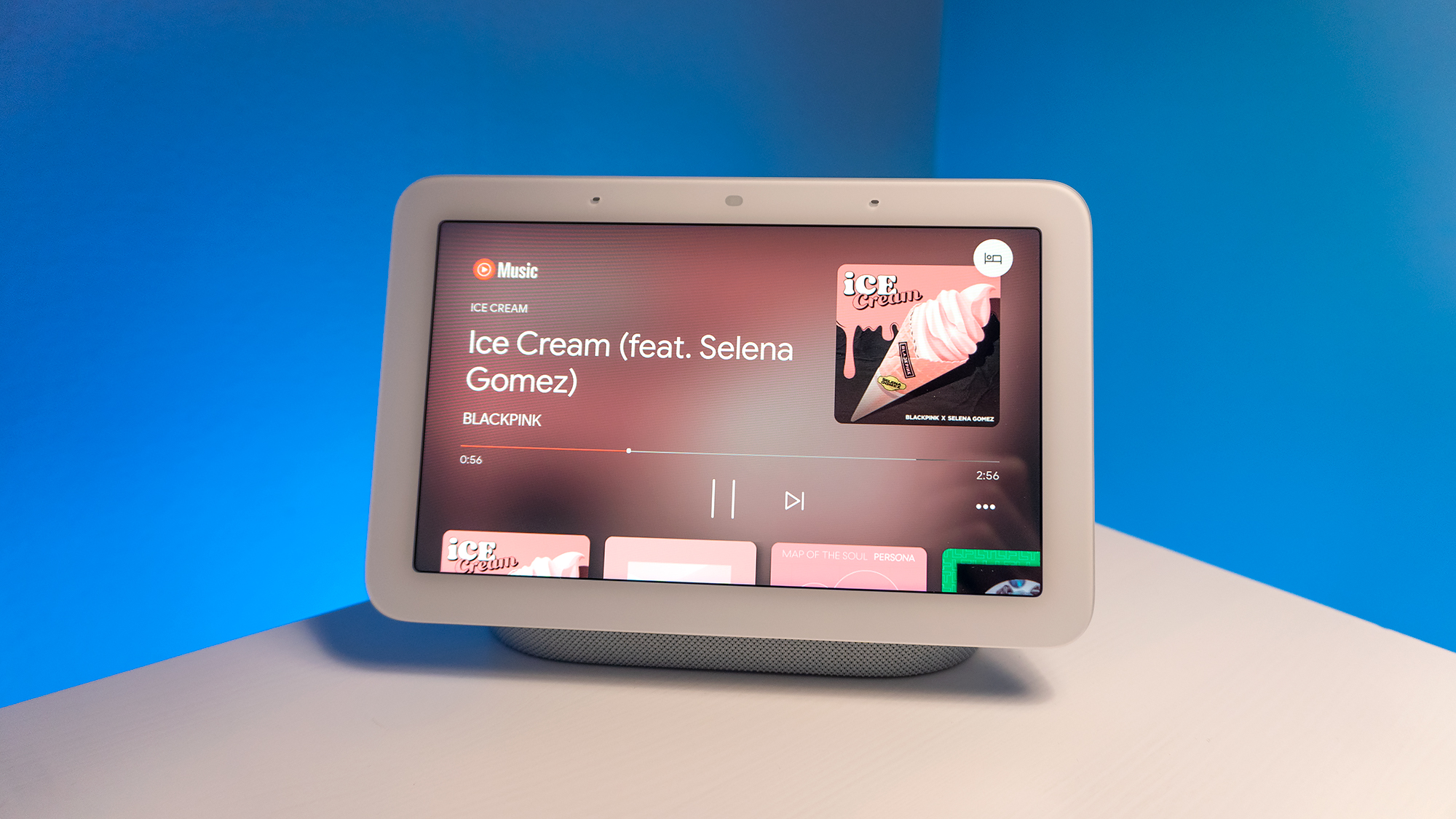
The new Nest Hub also now has built-in machine learning processing that promises to make Google Assistant respond faster because it can learn your most frequent commands without having to share data with the cloud. It’s one of those upgrades that seems nice to have, but I can’t say I’ve ever been frustrated with the speed of Google Assistant’s responses. (Glares at Siri with angry eyes.)
But the only real reason to upgrade to the new Nest Hub is for the added functionality that comes with the inclusion of the Soli sensor, and that alone succeeds in making this a very compelling upgrade. If you’re unfamiliar with the technology, there’s a crash course available here, but Soli is essentially camera-less motion-tracking that’s sensitive enough to recognise individual fingers or the subtle movements of someone’s body while they’re breathing — minus obvious privacy concerns.
In the new Nest Hub, Soli is implemented in two different ways. The first is as a touch-free way to interact with the hub, using what Google calls Quick Gestures. You can pause or restart playback of music or videos by tapping in the air in front of the Nest Hub as if you were physically tapping a pause button with your finger, or you can snooze an alarm by simply waving it away with your hand. The former works well, but the latter posed some challenges. There’s an on-screen tutorial that teaches you how to perform each one, but I think the problem I had with snoozing an alarm came from learning the gesture while sitting on my bed, and then trying to perform that gesture while sprawled out and half asleep in the morning. I’d usually just end up waving my arm around wildly until the loud noises stopped.

There’s obviously a lot of potential with touch-free gestures, but I’m hoping that eventually Soli is able to learn a user’s specific gestures (or a variant of a pre-programmed movement) over time the same way Google Assistant can adapt itself to be better at delivering the answers a user wants. At this point it feels like the Quick Gestures are just a neat tech demo for the Nest Hub, and hopefully just a preview of Google’s bigger plans.
Soli is much better implemented in the new Nest Hub’s sleep-tracking feature. It’s not that different from what’s been available on smartwatches, fitness trackers, and other wearables, and even pricey sensor-packed mattresses and bed frames for years, but the new Nest Hub requires a lot less work (and money) than most of those gadgets. All you have to do is place the hub next to your bed on a table that’s roughly the same height as the bed’s mattress and then perform a 1-minute calibration where you do nothing more than lay motionless in bed.
Without any physical contact, the Nest Hub will deliver a sleep report every morning with details about how long you were lying in bed until you started dozing, how often you coughed, how frequently you snored, when your body was most restless, and your breathing rate, which can all be correlated against other detected disturbances like changes in the room’s lighting using the Nest Hub’s ambient light sensor.
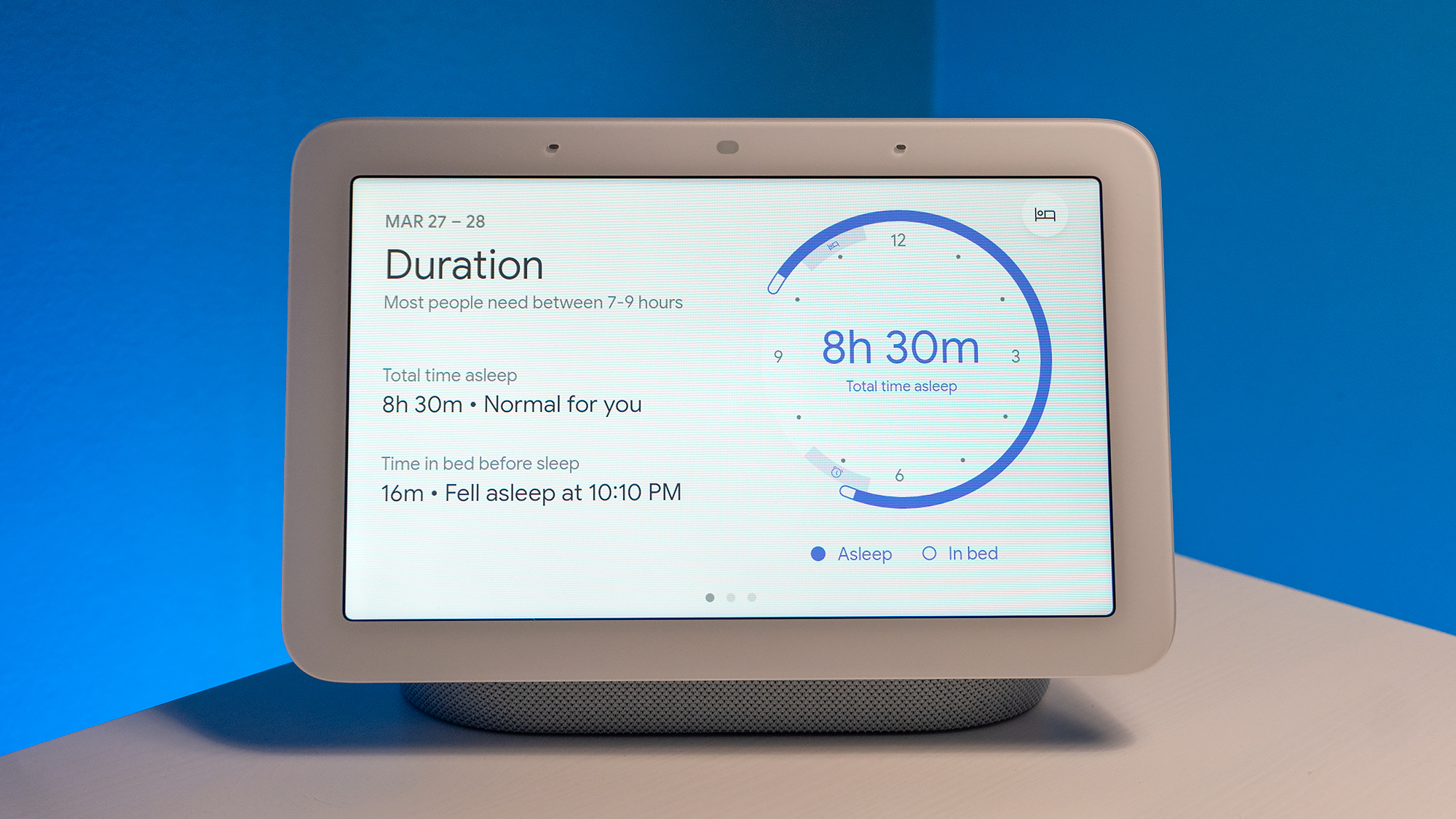
The general idea with most sleep-tracking features is that you specify the amount of sleep you’d like to get each night, figure out a regular bedtime and wakeup schedule, and the data that’s collected provides insights into what might be preventing you from getting enough sleep — be it getting to bed too late, waking up too early, or disturbances throughout the night interrupting restful slumber.
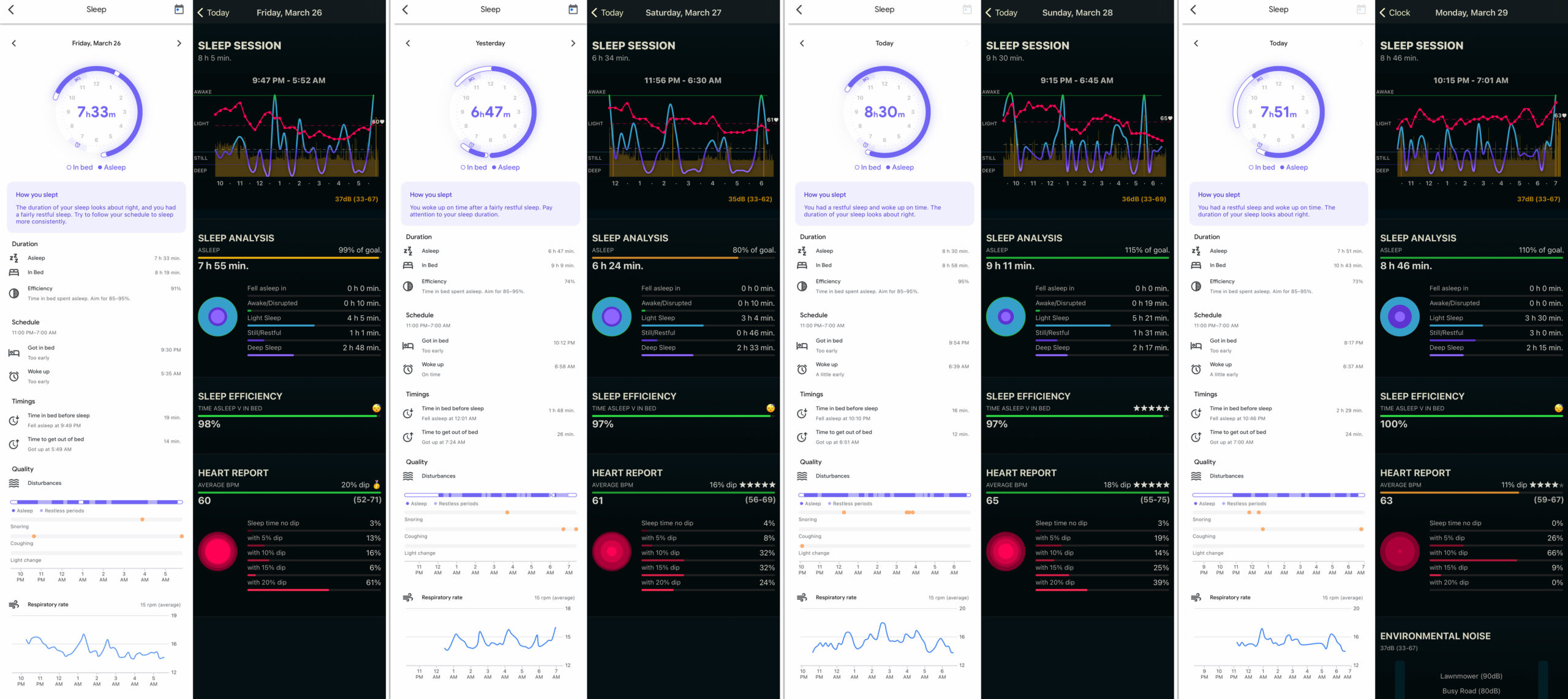
I’ve been testing the new Nest Hub for a little less than a week, and while I’m still figuring out how well Soli tracks sleep compared to existing approaches, so far I’ve been genuinely impressed with not only how well it works, but also how it’s occasionally been more accurate than a smartwatch. In addition to letting the Nest Hub do its thing, for the past four nights I’ve also worn an Apple Watch to bed with the AutoSleep app installed on it and my iPhone. Included above are the morning sleep reports each provide (the screenshots with the white backgrounds are the reports from the Nest Hub delivered through the Google Fit app, while the screenshots with the dark backgrounds are from the AutoSleep app) from the evening of Thursday, March 25, through Sunday, March 29.
When it comes to tracking motions throughout the night, the Apple Watch and AutoSleep app did an overall better job than the Nest Hub did, which isn’t that surprising. Strong winds overnight from Sunday to Monday resulted in an early morning power outage and when it came back on so did my bedroom TV. I remember having to wake up at between 4 a.m. and 5 a.m. to turn it off, which is clearly reflected in the graph of wakefulness that AutoSleep provided, but it barely registered as a blip to the Nest Hub. The Nest Hub is capable of recognising restless periods throughout the night and it can give you a good idea of how much deep sleep you got, but not with as much accuracy as the Apple Watch can provide.
Where the Nest Hub impressed me was with how accurate it was able to calculate how much actual sleep I got each night. At times the Apple Watch and AutoSleep were way off, including Sunday to Monday evening when I can distinctly remember getting into bed around 10:30 pm and falling asleep shortly after, and then waking up about 20 minutes before 7:00 am. The Nest Hub correctly identified I had gotten about 7 hours and 51 minutes of sleep, whereas the AutoSleep app incorrectly claimed I had gotten 8 hours and 46 minutes. That was more or less the pattern I found across the four days of comparing the two. The Nest Hub was just much better at reporting how long I had actually slept throughout the night, which is a metric I tend to care about more.
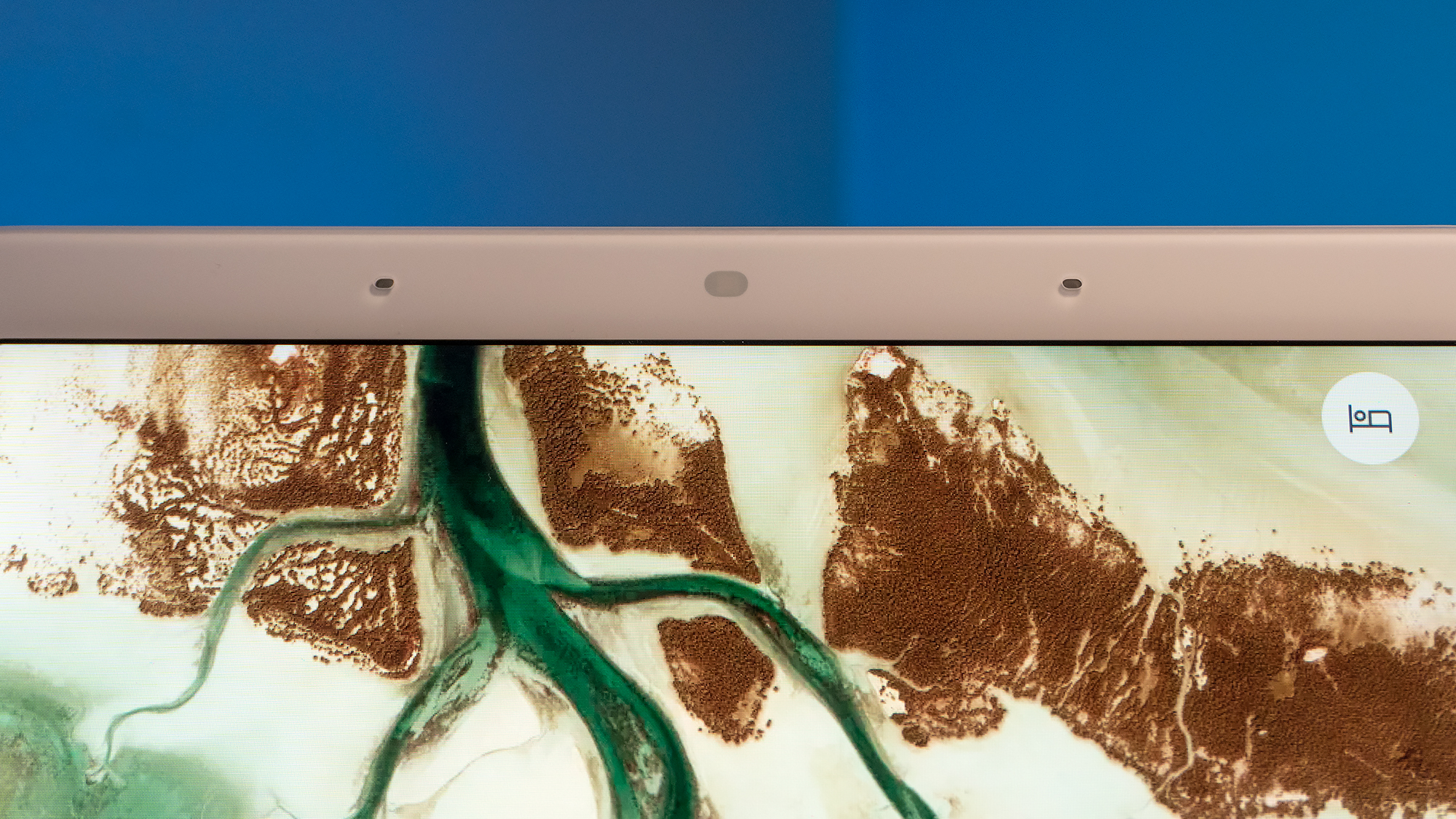
From what I can tell, both approaches are relatively good at collecting sleep-tracking data, but the Nest Hub seems like it’s doing a much better job at processing and interpreting that data to provide better insights about how long and how well a user actually slept. Using the AutoSleep Apple Watch app might have been better for documenting how much I tossed and turned, but I actually find wearing a watch or fitness tracker to bed very uncomfortable, and it’s the reason I’ve never bothered to track my sleep before. I will continue to use the new Nest Hub night after night because it just automatically works, and that might be its biggest selling point.
The hardware has only been in the hands of reviewers for about a week so it’s going to be a while before we get a good idea of how well Soli works for sleep-tracking. Every user is different, and for some, strapping on a wearable before bed might still be a better tool for evaluating how well they slept. Personally, I’m already sold on the $149 Nest Hub and am happy to leave my Apple Watch in its dock while I slumber. I’m just going to keep my fingers crossed that when Google starts charging for the sleep-tracking feature next year (it’s currently available as a free preview for users of the new device) it won’t break the bank.
